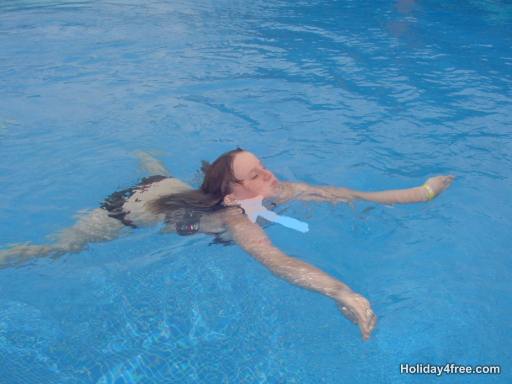








How to swim & how to dive
10. Learning to swim with the ears
It is necessary to communicate with learners differently in the water than on land. The level of noise and echo are high in the pool. Add to this the fact that learners swim with their heads deep in the water and the teacher's well-meaning calls don't reach the learner, because their ears are under water. The teacher needs to be empathetic and patient and should wait until after the exercise, when the learner's ears are free, before calmly explaining things. If the teacher already wants to give tips during the swimming exercise, they should stay within the learner's field of vision and give their tips by demonstrating the movements as soon as the learner is receptive to them. To ensure lasting learning achievements, the teacher needs to communicate differently in the water than on land. For example, divers can only communicate under water using hand signals and gestures. A common mistake: Teachers often like giving loud explanations while outside the learner's field of vision, but this is not advisable. At this time, the learner needs all their attention for the movements that they're trying their hardest to carry out, just to keep themselves above water. Next step: Learn to swim - 11. From blowing to diving
Ad
Ad
Ad
How to Swim 10/20
Swimming Exercises
The perfect companion
and guide on learning to swim.
Ad

© Holiday4free.com
swimming exercise




Home
Ad















